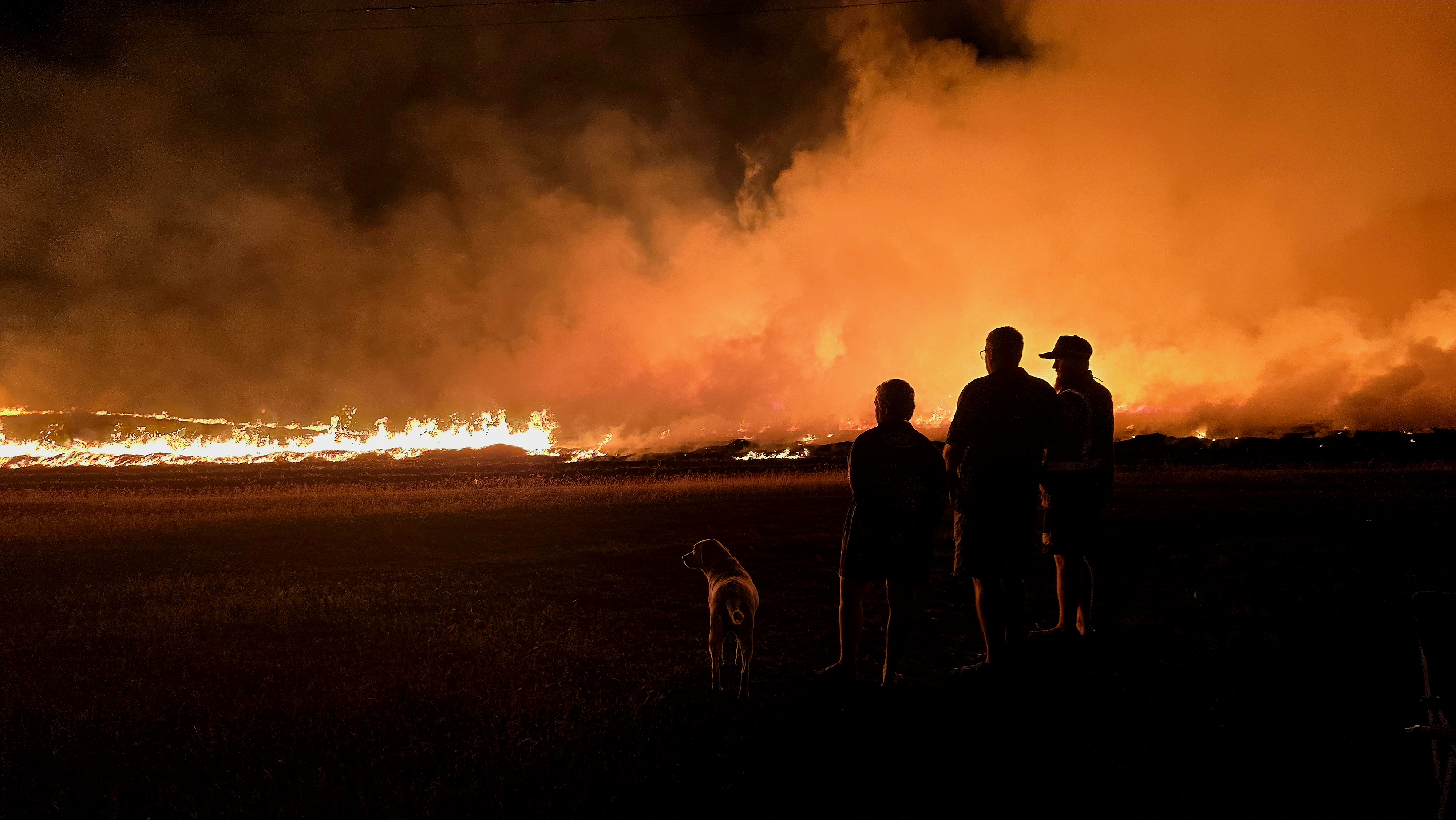


By Joseph Borg, Chairman, CANEGROWERS Mackay
October materialised with a real kick of hot dry weather, bringing with it some blazes around the region. That reality has dominated the month, bringing with it fire bans and moderate to high fire danger. It’s times like these, we are thankful for our local rural fire brigades
It is something that probably became a little foreign in the recent past and hasn’t been experienced across the district in several years. In fact, an extended dry period like we are currently in hasn’t really occurred going back about seven years to the catastrophic conditions that we experienced in 2018 and the extreme fire conditions which followed. A large majority of the mountainous areas have not been burnt since then, and seven years of fuel load creates a significant fire threat which must be taken seriously.
The catastrophic fires of 2018 around the Mackay district stretched from Eungella and Nebo in the west to Clairview in the south and Bloomsbury in the north. The resulting uncontrollable bush fires burnt out many tens of thousands of hectares of farming land, grazing country and national park, as well as damaging a moderate amount of infrastructure. It was only the extraordinary work completed in fighting these bush fires by our farmers, landholders and our volunteer Rural Fire Services Queensland brigades which helped mitigate the damage in these exceptionally difficult conditions.
Most farmers and senior rural fire brigade volunteers are experienced in the art of controlling a burn and using fire to fight fire. Make no mistake, it is truly an art which must be not only preserved but passed onto the next generation. The RFSQ brigades around Queensland number about 1400 and are supported by approximately 28,000 volunteer members who range across all demographics, genders and experience levels.
The previous State Government introduced some structural changes to the organisation which are threatening to derail the foundations of this historic and crucial organisation. The underlying problem with these changes is that they were made with minimal consultation with the most important stakeholders, that being the experienced volunteer rural fire brigade members. Some of these changes may suit some semi-urban brigades in the south-east corner of the state, but are definitely not welcomed everywhere.
An example of these incoherent changes in areas have resulted in brigades that are relatively close to Mackay being placed under the control of Emerald regional headquarters, which is over three hours’ drive away. These changes are not only bizarre, but present logistical challenges and create a safety issue for not only the volunteers, but for the general community alike.
Landscape familiarisation is crucial in being able to coordinate a bushfire response campaign. As well as this, the legal protections of our volunteer rural fire brigade members are being reviewed and must be carefully considered before any changes are implemented going forward as they risk shaking this organisation to the core. It’s an organisation that does not need a shakeup, that has successfully served its purpose to the community for generations.
For the majority of October, Mackay and surrounding areas have rightly been placed under a fire ban to help mitigate the dangers of bush fires. It is important for our community to understand that the burning of sugarcane and sugarcane trash have been made exempt from the fire ban, albeit with restrictions placed on them such as not being able to light up until 6pm in the evening to minimize the danger.
The reason for this is that because of the burden of standover cane this year it is critical to the day-to-day running of sugarcane farms during the harvest, to improve its harvestability as it can become quite dense and tangled with several years growth. As part of the crop cycle, cool burning through cane trash is a strategy for introducing potash, and builds soil carbon.
Farmers are typically skilled managers of fire as a tool. Photo credit: Elli Morgan.